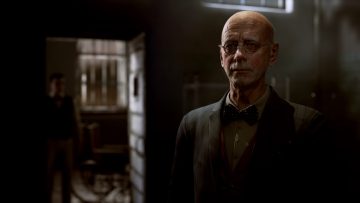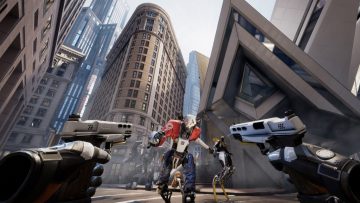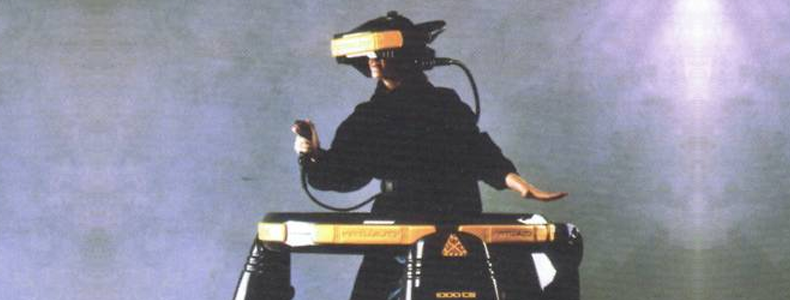
VR vs. Marketing Reality
Through the VRFocus social accounts we often see as much negativity as positivity towards virtual reality (VR). Whilst the technology has its advocates: big name company representatives, influential fans, creative groups and organisations relating to science, medicine and education – not to mention specialist media outlets such as ourselves. It still has, let’s face it, just as many people dead against it. The arguments are fairly standard and not all of them invalid; it’s expensive. It’ll require too much space. It’s a fad. Two we’ve been seeing a lot in the past few weeks are the combination of ‘the technology hasn’t changed’ (it has) and ‘it failed in the 90s’.
True, but the period in question was 15-20 years ago at this point. In fact, as of the time of publication, it is the twentieth anniversary (Japanese) of the Virtual Boy today.
There is one thing that everyone is mostly agreed on though, that trying VR is the best way to form a personal judgement on it. To really understand what it can do. It is something that, in all senses, has to be seen to be believed. As a result it is difficult to form an educated opinion on VR and as such there is an understandable knowledge gap in regards to its capabilities. A lot of people do genuinely think that VR now is the same as VR in the past and from that period people only really remember one of three things: Big clunky helmets, the aforementioned Virtual Boy and Lawnmower Man.
So, why is that?
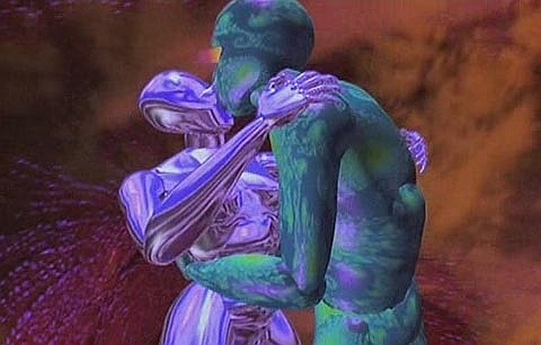
Simply put in a business where visuals are everything they were the most visual things about it. People don’t even remember what Lawnmower Man was about, just that it featured a much publicised VR ‘sex scene’. There is nothing that can be done about that now of course, but you can see how because that was the only associable visuals a lot of people had with VR, as a result to a lot of people that’s ALL they know about VR. So VR then equals VR now: big silly technology and ‘that thing in that film’. The fiction of VR was more marketable and memorable than the reality was.
Back to 2015 and VR is again in the ascendancy. Once again a hot topic with more investment and interest than ever before. As such we’ve seen a rise in companies and organisations associating their product or brand with VR in order to try and transfer some of that interest to it.
“VR is a hot? I’ll tell you what’s also hot: Product X. People who are using the hottest new technology at the moment use Product X.”
It’s Marketing 101 and it’s completely reasonable to expect this to happen. In fact we’re seeing some great examples of it, usually involving 360 video. Nike did a great job for instance with their recent Neymar Jr Experience. Who didn’t do a good job, at least for VR, was Castrol.
In a video released at the end of May Castrol showed of the latest in its ‘Titanium Trials’ series, in the short film entitled Virtual Drift the team used an Oculus Rift DK2 head-mounted display (HMD) and a modified car that tracked everything from the throttle movements, steering angle and wheel spin which allowing race car driver Matt Powers to race at full speed through an ever changing virtual landscape that responded to both driver and car in real-time.
In theory this was super-impressive stuff and a fantastic advertisement for the technology. Except what you saw on screen in this fusion of virtual and augmented reality wasn’t what was shown to the driver. It was a much simpler viewpoint and didn’t have any of the dramatic, put on set pieces that were a part of the video.
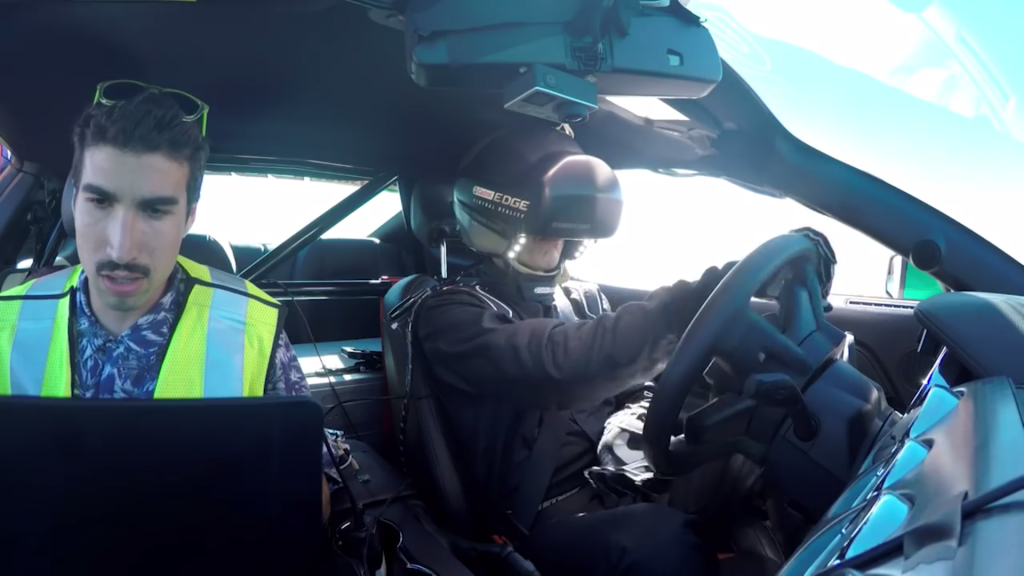
Marketing teams using VR in this way do not help VR as a technology when they are presenting the footage as real. It gives a misrepresentation of what the technology at this time can do, if they believe in it. In the worst case scenario it tarnishes the belief in what VR can do. Now no one is saying the Nike video was 100% real, far from it. Large chunks of it were CG and the whole thing was rendered together with many tens if not hundreds of thousands of dollars spent on production used to make it. But the point is the advert was clear that it was a fantasy, it didn’t say it was real. It also showed you what VR could do. What 360 degree video could do. What Castrol did was take the footage they had produced and dramatically enhanced it; they made it look better, more extraordinary, more technological, more unbelievable – and in doing so they succeeded in the latter, they broke the believe-ability of it. And why?
Because to Castrol the fiction of VR was more marketable and memorable than the reality was.
Now astonishingly, when we initially reported on the video at VRFocus we mentioned about this extra production and commented how it was a shame that it was needed with such a great display, and that it effectively spoilt it. So we were mighty surprised then to receive an email a few hours later from the people who did that post-production asking to be credited on the article. (Why you would ask to be credited on something that was saying you made it worse I do not know.)
This using VR and presenting a false view of it is no help to the industry in the long run. It may look impressive but it is ultimately a lie – not a fantasy, but a lie. Does it shift a few more gallons of oil at a petrol station forecourt? Probably. But does the fabricated footage help Oculus, whose Rift was name-checked in the advert? No. It does not. What could’ve been a talking point in the industry ends up being no more truthful a display of VR than the recent Japanese Pepsi advert showing a girl in an HMD in a cage.

At VRFocus we sometimes use the tagline ‘the reality of virtual reality’; we do that partly because of the fictions and misconceptions built around VR. We also use it because of the great experiences and truths of the technology which we like to show. Whilst VR is being presented in a misleading way people will continue to cite the old stereotypes about it and be less inclined to look when presented with the truth.
The VR stakeholders need to find more ways – like Microsoft’s Hololens camera at E3 or the HTC Vive tour currently in progress – to show how VR really works. How it really looks. There’s some wondrous stuff going on, but at the moment people are just as likely to see everything it isn’t.
I mean, it’s not like that’s happened before…
Right?
The article series VR vs. was originally written by the author for VRFocus.





